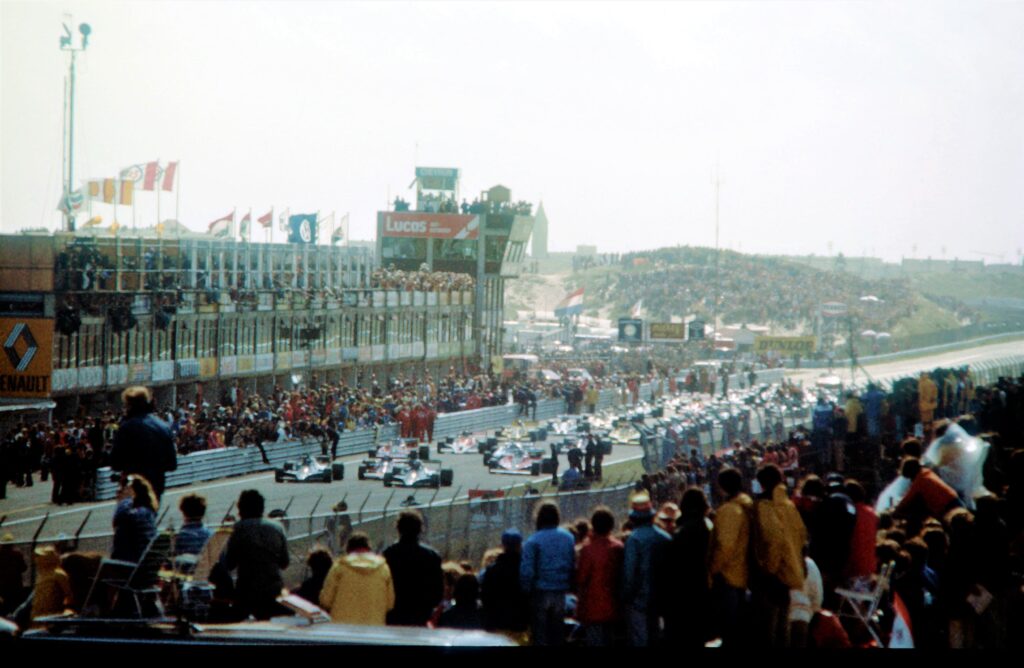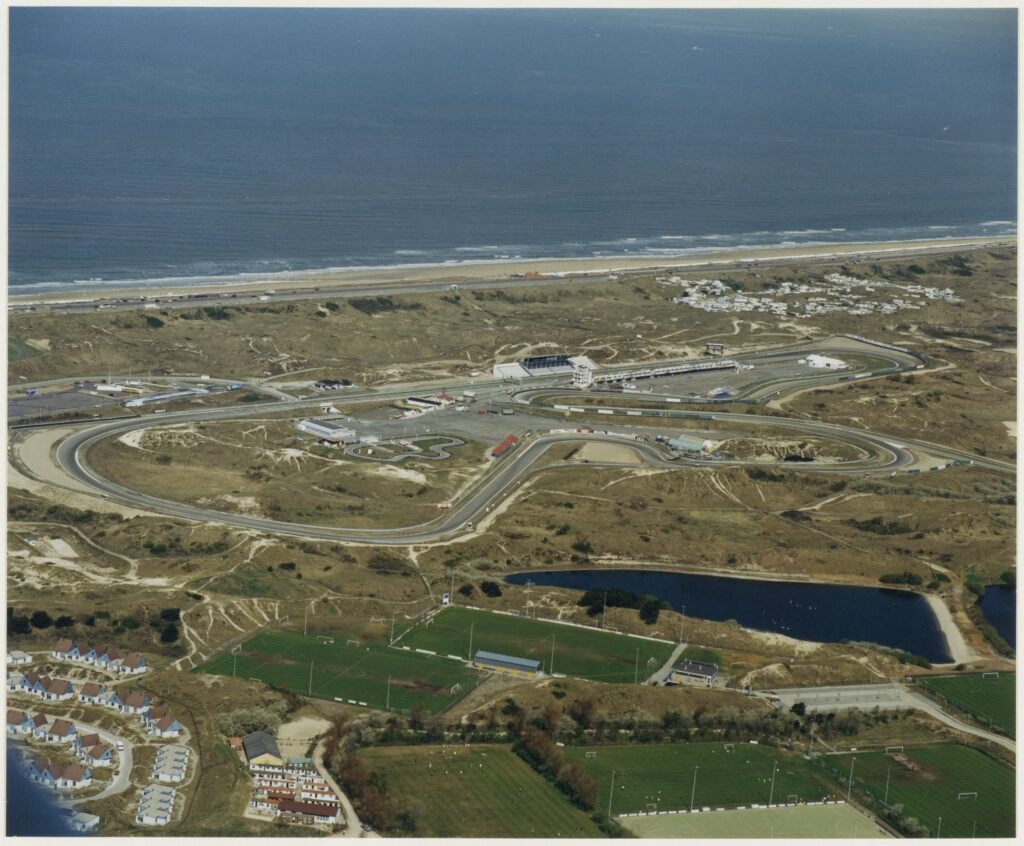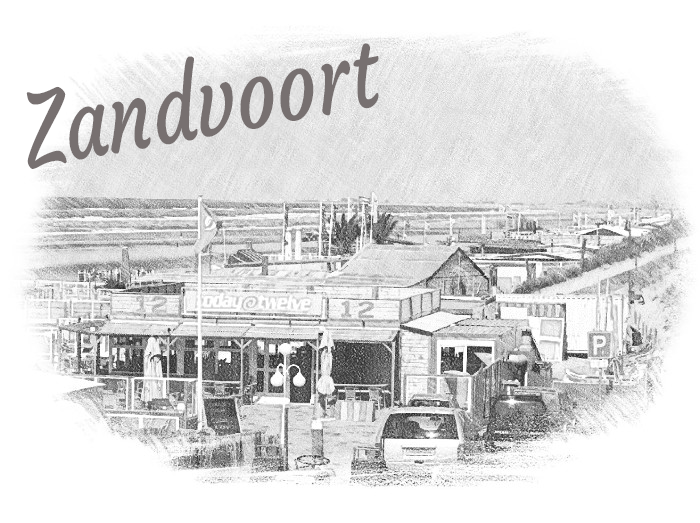
coastal beauty, history, and modern energy
Zandvoort stands as a testament to the captivating allure of the Netherlands. This charming seaside town, located just a stone’s throw away from Amsterdam, offers visitors a delightful blend of natural beauty and vibrant culture.
Zandvoort is renowned for its pristine sandy beaches, drawing sun-seekers and water enthusiasts alike. The North Sea’s azure waters provide the perfect backdrop for beach activities, from sunbathing and swimming to windsurfing and kite flying. For those seeking a touch of adrenaline, the iconic Circuit Zandvoort beckons with its high-speed twists and turns, hosting thrilling motorsport events that capture the hearts of racing enthusiasts.
Beyond its natural splendor, Zandvoort boasts a rich history. Quaint streets are lined with charming cafes, boutiques, and art galleries, inviting visitors to explore the town’s cultural offerings. The Zandvoorts Museum provides a glimpse into the region’s past, preserving its maritime heritage and showcasing local art.
Nature lovers will find solace in the nearby Zuid-Kennemerland National Park, where dunes, forests, and wildlife converge in a breathtaking display of biodiversity. Hiking and biking trails wind through this ecological wonderland, allowing travelers to reconnect with nature.
In Zandvoort, the spirit of the Netherlands is beautifully captured—a harmonious blend of coastal beauty, history, and modern energy. Whether seeking relaxation on the sandy shores or an adventure on the racetrack, Zandvoort promises an unforgettable experience that encapsulates the essence of Dutch coastal living.

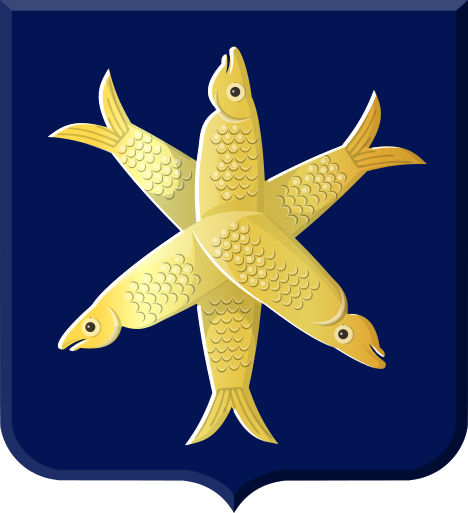
A first coat of arms of Zandvoort has been known since 1613, it is then the coat of arms of the lordship of Zandvoort. The coat of arms shows a blue shield with three silver herrings, which are mixed up. It is unknown where the weapon came from. The three herrings could symbolize fishing as the main source of income for the village. Zandvoort has been a fishing village

During the 1930s, Zandvoort had the highest percentage of NSB members in the Netherlands. The Second World War caused a lot of damage in Zandvoort.
On May 23, 1942, access to the beach was banned. A few months later, almost all of Zandvoort had to be evacuated. All buildings close to the coast, including bathhouses, hotels, the water tower and the boulevard were demolished for the construction of the German Atlantic Wall. There are still dozens of bunkers in the area.
After the war, many new homes were built and tourism increased sharply. After 1960, almost half of the jobs in Zandvoort were related to tourism. New hotels and a new water tower were built. Between 1969 and 1988 the Dolfirama was located on the Boulevard.
After the summer season, the buildings on the beach will be removed, the beach houses being the first.
Normally the pavilions have to be demolished, because the sand must have free play. The wind blows the sand towards the dunes, which provides natural coastal reinforcement against rising sea levels. Keeping the pavilions standing can disrupt that process.

Circuit Park Zandvoort
The Zandvoort circuit was built in 1948. Debris from houses demolished during the war was used for this purpose. Formula 1 races took place here from 1952 to 1985, but the province of North Holland later refused to grant a permit for this any longer because of the noise nuisance for the wider area. In 2019, after 35 years, a new contract was signed for Formula 1 races from 2020. In 2020, the Dutch Grand Prix would take place on a completely renovated circuit. [3] Due to the coronavirus outbreak, this was postponed to September 2021.

ZANDVOORT MUSEUM
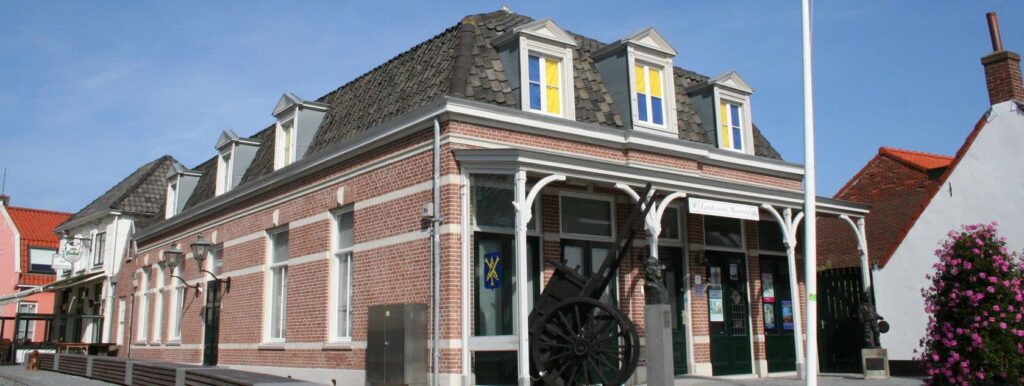
The Zandvoorts Museum is the ultimate center for art and history in Zandvoort. The Zandvoorts Museum has a small but unique collection. Ranging from utensils, crockery, ships models, prints, bathing wear and paintings to a beautiful collection of photographic glass negatives.
Art, through topical exhibitions about new and old art, related lectures and guided tours and creative workshops.
History, through an interactive collection management, guided walks around the old village center, tours and exhibitions about the history of our famous village by the sea.
Opening hours:
Monday & Tuesday closedWednesday & Sunday: 11 a.m. – 5 p.m.








